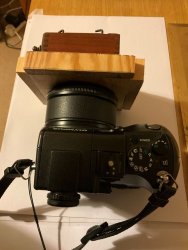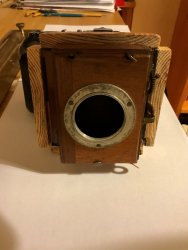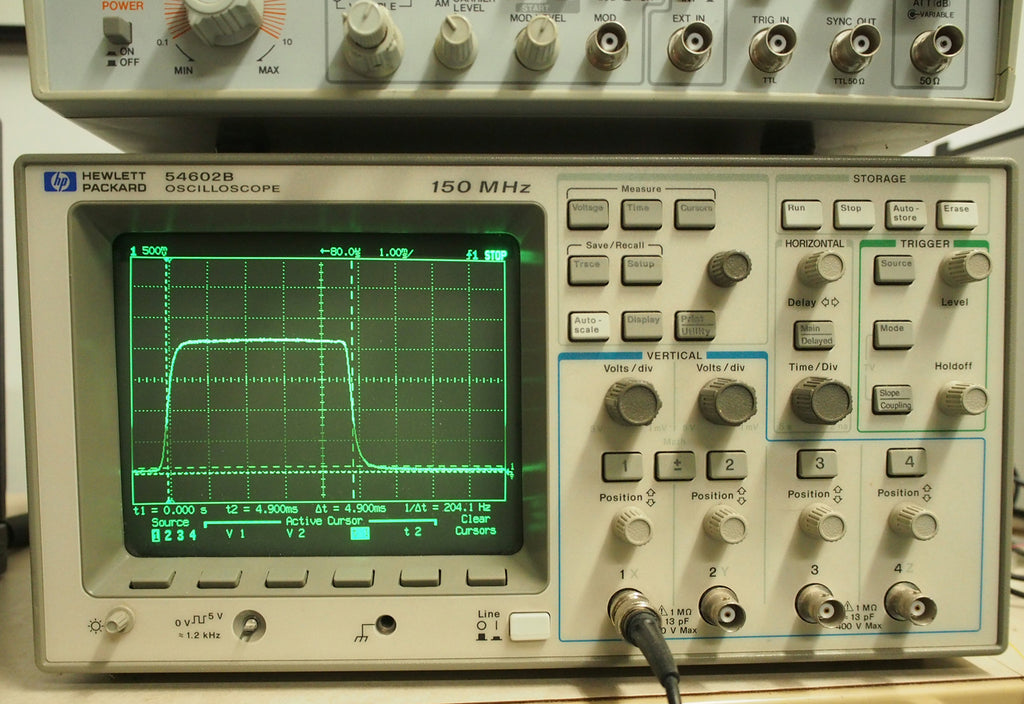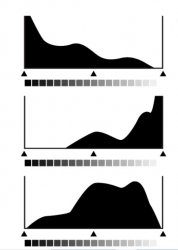It's a bit rudimentary, and obviously bespoke, but I made this 'adaptor' to connect a TP type shutter to a digital camera. I used the Bulb setting so that the exposure started before & after the shutter operation and then compared histograms of 2 photos with and without using the TP shutter. I used 2mm light seal foam to get a snugger fit.
The drawbacks were that the adaptor blocked the low light autofocus illuminator, and there was a bit more weight added to the moving camera lens.
Nick


The drawbacks were that the adaptor blocked the low light autofocus illuminator, and there was a bit more weight added to the moving camera lens.
Nick





